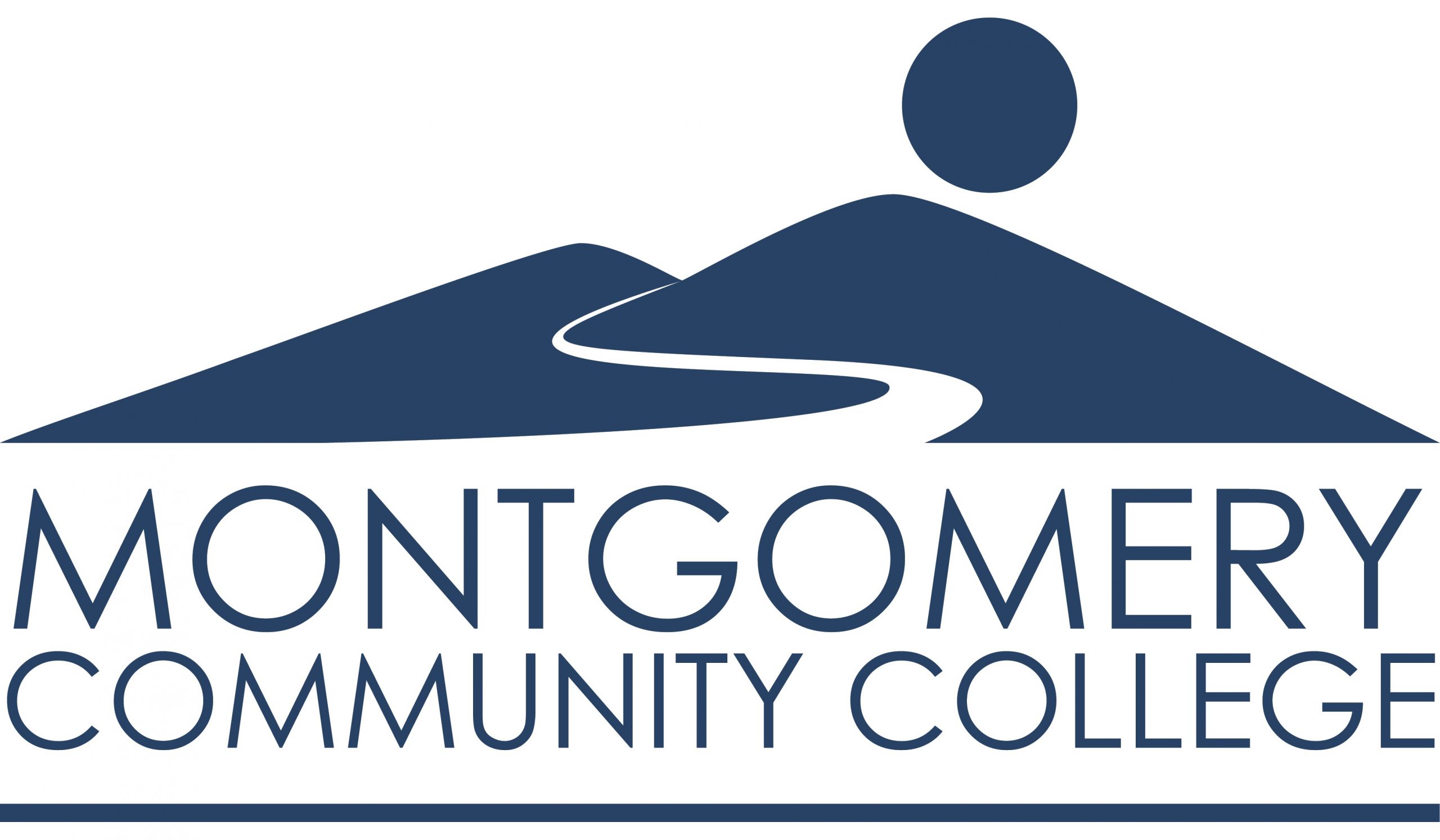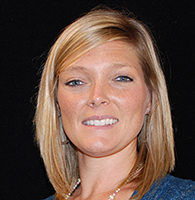MCC’s Medical Assisting Associate curriculum prepares multi-skilled health care professionals who are qualified to perform clinical, administrative and laboratory procedures. Course work includes instruction in scheduling appointments, coding and processing insurance accounts, billing, collections, computer operations, assisting with examinations/treatments, performing routine laboratory procedures, electrocardiography, supervised medication administration; and ethical/legal issues associated with patient care. Employment opportunities include physicians’ offices, health maintenance organizations, health departments, and hospitals.
Medical Assisting students receive 240 hours of clinical externship in a medical office where they work under the supervision of an instructor and an on-site resource person. Students have the opportunity to work directly with patients and medical assistants to gain valuable real-world experience in the field.
The Montgomery Community College Medical Assisting AAS Program, Troy, NC is accredited by The Commission on Accreditation of Allied Health Education Programs (CAAHEP) upon the recommendation of the Medical Assisting Education Review Board (MAERB). As such, graduates are eligible to sit for the American Association of Medical Assistants (AAMA) Certification Examination. Upon successful completion, students are awarded the Certified Medical Assistant (CMA) credential.
The Montgomery Community College Medical Assisting AAS Program, Troy, NC is accredited by The Commission on Accreditation of Allied Health Education Programs (CAAHEP) upon the recommendation of the Medical Assisting Education Review Board (MAERB).*
Commission on Accreditation of Allied Health Education Programs (CAAHEP)
9355-113th St. N #7709
Seminole, Florida 337775
(727) 210-2350
www.caahep.org
Medical Assisting Education Review Board (MAERB)
2339 North California Avenue
#47138
Chicago, IL, 60647
(312) 899-1500 (www.aama-ntl.org)/(www.maerb.org)
ABOUT THE PROFESSION
Medical assisting is one of the nation’s fastest growing careers through the year 2026, according to the U.S. Bureau of Labor Statistics. The CMA credential is a national certification recognized by employers across the country. CMAs have a great amount of variety in their jobs and are cross-trained to perform many administrative and clinical duties. CMAs enjoy contact with patients while working alongside physicians and other health care professionals.
EXTRACURRICULAR ACTIVITIES
The Medical Assisting Club is a voluntary campus organization comprised of students, faculty and staff at MCC. The club works to provide students with opportunities to promote their profession in the community, participate in fundraisers, outreach activities, conventions and seminars, and learn about people and agencies that play a vital role in the medical assisting field.
TECHNICAL STANDARDS
The following guidelines are utilized in admitting qualified students. The activities identified below are examples of physical and emotional activities which a student in the Health Science Program must be able to perform for the successful completion of the program. If an applicant believes that he or she cannot meet one or more of the standards without accommodation or modification, the applicant should consult Counseling and Career Services.
A. Critical thinking: Health Science students shall possess critical thinking ability sufficient for clinical judgment. Example: Students must be able to identify cause and effect relationships in clinical situations, develop or participate in development of nursing care plans.
B. Ethical behavior: Health Science students will provide services with respect for human dignity and uniqueness of the client unrestricted by consideration of social or economic status, personal attribute, or the nature of health problems. Example: Students will care for clients assigned regardless of race, religion, or diagnosis.
C. Legal behavior: Health Science students will provide care within the scope of practice as stated in the NC NURSING PRACTICE ACT or guidelines for respiratory therapy, radiography and surgical technology. Example: Students in the nursing program will learn to assess the patient’s physical and mental health.
D. Interpersonal skills: Health Science students shall possess interpersonal abilities sufficient to interact with individuals, families, groups, etc. from a variety of psycho-social cultural backgrounds. Example: Students shall establish rapport with clients and health care team members.
E. Communication skills: Health Science students shall possess communication abilities sufficient for verbal and nonverbal interaction with others. Example: Students shall be able to explain treatment procedures to clients/family, document client responses, and report to other responses to nursing care.
F. Mobility: Health Science students shall possess physical abilities sufficient to move from room to room and maneuver in small spaces, stand and walk for extensive periods of time. Example: Students will be able to move around in client’s room, move from room to room, move in small work areas, and administer CPR.
G. Motor skills: Health Science students shall possess gross and fine motor skills sufficient to provide safe and effective nursing care. Example: Students shall be able to calibrate equipment, position clients, administer injections, insert catheters.
H. Hearing skills: Health Science students shall possess auditory ability sufficient to monitor health needs and collect data. Example: Students shall be able to hear alarms, listen to heart and breath sounds, and hear a cry for help.
I. Visual skills: Health Science students shall possess visual ability sufficient for observation and data collection. Example: Students shall be able to observe color of skin and read scale on a syringe. J. Tactile skills: Health Science students shall possess tactile ability sufficient for data collection. Example: Students shall be able to detect pulsation and feel skin temperature.
K. Weight-bearing: Health Science students shall possess the ability to lift and manipulate/move 40-50 pounds. Example: Students shall be able to move equipment, position patients.
MEDICAL ASSISTING WEIGHTED OUTCOMES
The Medical Assisting program at Montgomery Community College has a job placement rate of 100% for 2022, exceeding the Medical Assisting Education Review Board (MAERB) established threshold of 60%.
| Year of Graduation | 2023 | 2022 | 2021 | 2020 | 2019 | Cumulative |
|---|---|---|---|---|---|---|
| Retention | 100% | 60% | 60% | 60% | 80% | 71.43% |
| Graduate Participation | 100% | 100% | 75% | 80% | 90.91% | 87.50% |
| Graduate Satisfaction | 100% | 100% | 100% | 100% | 100% | 100% |
| Job Placement | 100% | 100% | 75% | 70% | 81.82% | 81.25% |
| Employer Surveys Sent | 100% | 100% | 100% | 66.67% | 100% | 91.67% |
| Employer Satisfaction | 100% | 100% | 0% | 0% | 100% | 100% |
| Exam Participation | 100% | 100% | 75% | 80% | 81.82% | 84.38% |
| Exam Passage | 100% | 75% | 100% | 87.50% | 66.67% | 81.48% |
| # Graduates by Admission Year | 3 | 3 | 3 | 3 | 8 | 20 |
| # Graduates by year of Graduation | 3 | 4 | 4 | 10 | 11 | 32 |
Montgomery Community College Medical Assisting program has an average exam passage rate of 81.48% for the years 2019-2023. The program has 100% graduate satisfaction as well as 100% employer satisfaction.
SELECT ANY OPTION BELOW TO SEE A STEP-BY-STEP GUIDE TO PROGRAM COMPLETION, ADMISSIONS, COSTS, FINANCIAL AID, AND MORE.
| PROGRAM OPTIONS | REQUIRED HOURS | PROGRAM COSTS |
|---|---|---|
| *Associate in Applied Science Degree – Accredited Option | 65 semester hours | Program Costs |
| Diploma – Accelerated | Program Costs | |
| Certificate – Non-Accredited Option | 16 semester hours | Program Costs |
| Basics Certificate – Non-Accredited Option | 11 semester hours | Program Costs |


